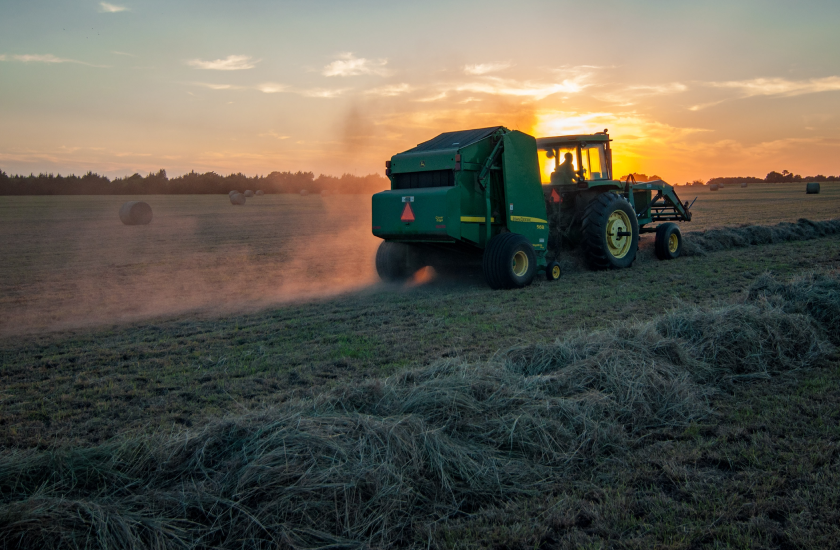Rice
-
Wheat
Wheat
-
Corn
Corn
-
Rice
Rice
-
Soybeans
Soybeans
-
Barley
Barley
-
Sorghum
Sorghum
-
Oats
Oats
-
Millet
Millet
Our Brochures
Contact Us
Social Media


- Rice is one of the world’s most important cereal grains and a staple food for a large portion of the global population.
- It is an annual grass plant that produces edible seeds, commonly referred to as rice grains.
- Rice comes in various varieties, including long-grain, medium-grain, and short-grain, each with different characteristics and culinary uses.
Rice Crop characteristics
- Height: Rice plants typically range from 2 to 4 feet in height, depending on the variety and growing conditions.
- Leaves: Rice has long, narrow leaves that alternate along the stem.
- Flowers: Rice produces small, inconspicuous flowers on branched inflorescences.
- Seeds (Grains): The edible part of rice is the seed or grain, which is commonly separated from the husk during processing.
Varieties
- Long-Grain Rice: Long-grain rice has a slender and elongated shape. It is known for its individual grains that remain separate and fluffy when cooked, making it suitable for dishes like pilaf and biryani.
- Medium-Grain Rice: Medium-grain rice is slightly shorter and plumper than long-grain rice. It tends to be slightly sticky when cooked, making it suitable for dishes like risotto and sushi.
- Short-Grain Rice: Short-grain rice is round and plump, and it becomes quite sticky when cooked. It is commonly used in dishes like rice pudding and sushi.
Rice Nutritional Composition (per 100 grams )
- Calories: Approximately 130 kcal
- Carbohydrates: About 28.7 grams
- Dietary Fiber: Approximately 0.4 grams
- Protein: Approximately 2.7 grams
- Fat: About 0.3 grams
- Vitamins: Rice is a good source of several B vitamins, including thiamin (B1), riboflavin (B2), niacin (B3), and folate (B9).
- Minerals: It contains minerals like manganese, phosphorus, magnesium, and potassium
Common Use
- Rice is a versatile staple food and serves as a base for a wide variety of dishes in many cuisines worldwide.
- It can be cooked and served plain, used as a side dish, or incorporated into soups, stews, stir-fries, and casseroles.
- Rice is also used to make products like rice flour, rice bran oil, and rice cakes.
Rice is a fundamental cereal crop that plays a crucial role in global food security. It provides essential nutrients, especially carbohydrates, making it a significant source of energy for human consumption worldwide.
Rice
Is Cultivated In
- Asia: Rice is native to Asia and remains a fundamental part of the diet in many Asian nations. Countries such as China, India, Indonesia, Bangladesh, Thailand, Vietnam, and the Philippines are among the leading rice producers in the region.
- America: In the Americas, rice is cultivated in several countries, with the United States (especially in the state of Arkansas), Brazil, and Uruguay being some of the largest producers on the continent.
- Africa: Rice is a significant crop in many parts of Africa, with countries like Nigeria, Madagascar, Senegal, and Egypt excelling in production.
- Europe: Although not a traditional region for rice cultivation, some European countries like Italy, Spain, Greece, and Portugal grow rice in their coastal and suitable climate regions.
- Oceania: In Australia, rice cultivation is concentrated in the states of New South Wales and Victoria.
- Central America and the Caribbean: Countries such as Costa Rica, the Dominican Republic, and Cuba also cultivate rice.
- South America: In addition to Brazil and Uruguay, other South American countries like Argentina, Colombia, and Ecuador also have rice production.
These are just a few examples, and rice is grown in many other regions of the world. Its versatility and ability to adapt to different conditions make it an essential crop for global food security. The choice of rice variety and cultivation practices may vary by region and local preferences.
